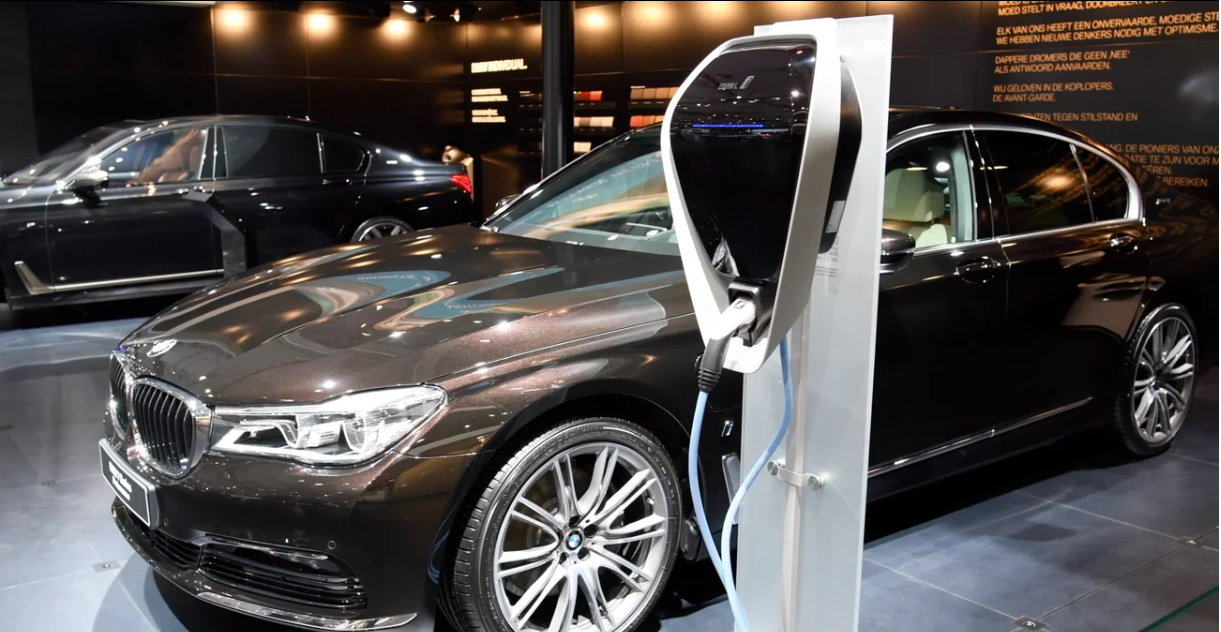In Australia, plug-in electric cars account for just 0.6% of new vehicle sales.[1] This likely reflects a combination of negligible government subsidies and lax vehicle emission standards, which give both consumers and producers little incentive to buy/sell these cars. With so few electrified cars on the road and dealerships looking more or less as they have for years, it may be difficult for many Australians to fully grasp the fundamental transformation currently underway in other markets.
The shift to electric vehicles (“EVs”) has been quietly happening since 2014, after the European Union (EU) mandated the introduction of stringent CO2 emission standards by 2020. The rub was that these emission standards were too difficult to be met with combustion-engine technology alone, requiring automakers to develop and use expensive battery technology in some portion of their fleets for the first time.
This forced adoption of new technology is analogous to the fuel economy standards mandated in the US after the first oil shock in the 1970s. The hasty introduction of these standards forced US automakers into new categories (compact cars), new technologies (diesel) and new architectures (front-wheel drive). The end outcome was low-quality cars (which tarnished Detroit’s reputation for decades), impaired margins, and decades of market share losses to Japanese automakers. Along with their better labour relations and lean manufacturing techniques, the Japanese automakers also gained outsize benefits from lower input costs and a 15-year head start in compact vehicle engineering.
The new European emissions standards have raised a host of similar, existential questions for the auto industry. Will legacy automakers be able to meet the new emission standards? Will there be enough demand for EVs at the higher vehicle prices that will be required? Will the automakers’ thin margins absorb the added costs of electrification? Will traditional automakers lose significant market share to new players?
These unanswered questions have increased uncertainty for the sector’s earnings prospects. Investors have lost interest and the stocks have collectively de-rated, with the price-to-earnings ratio of the MSCI European Automobiles & Components Index falling from 10x in early 2014 (when the 2020 standards were announced), to 6x pre-COVID.[2]
Over the last 10 months, however, as emission standards have come into effect across Europe, we have slowly been able to observe preliminary answers to some of the questions raised above. In short, the legacy automakers appear to be rising to the challenge.
European plug-in electric vehicles reached 8% of sales in the first half of 2020, nearly triple the rate of 12 months prior, with this penetration increasing to 10% in recent months due to added government incentives taking effect, and new model launches.[3] The majority of automakers are now on course to hit their emissions targets, which is well ahead of gloomy estimates proffered only 12-18 months ago, that none would be compliant. Moreover, most automakers have hit these targets at a better-than-expected rate of profitability, with margins helped by strong demand (most new EV launches have waiting lists), healthy government incentives and a focus on cost reduction throughout their businesses. Sector margins are now expected to recover to pre-COVID levels in the coming years, despite the added cost burden of EVs.
Perhaps the biggest surprise, however, has been the ability of legacy automakers to defend market share against new entrants. In Norway, which has the highest EV penetration in the world, Tesla’s market share of electric vehicle sales peaked at close to 40% in mid-2019 after the launch of the Model 3. However, Tesla’s market share has since fallen back to a single-digit percentage, as the legacy players have launched their new models and generated solid sales results.[4]
The road ahead still remains difficult. Only recently, the UK was rumoured to be banning the sale of combustion vehicles by 2030, which would mark another dramatic challenge. However, the legacy automakers are well placed, and are likely being underestimated in their ability to meet these challenges.
[1] Source: Electric Vehicle Council. State of Electric Vehicles, August 2020.
https://electricvehiclecouncil.com.au/wp-content/uploads/2020/08/EVC-State-of-EVs-2020-report.pdf
[2] Source: FactSet Research Systems.
[3] Source: Transport & Environment (2020). Mission (almost) accomplished.
https://www.transportenvironment.org/sites/te/files/publications/2020_10_TE_Car_CO2_report_final.pdf
[4] Source: https://eu-evs.com/
DISCLAIMER: This article has been prepared by Platinum Investment Management Limited ABN 25 063 565 006, AFSL 221935, trading as Platinum Asset Management (“Platinum”). This information is general in nature and does not take into account your specific needs or circumstances. You should consider your own financial position, objectives and requirements and seek professional financial advice before making any financial decisions. The commentary reflects Platinum’s views and beliefs at the time of preparation, which are subject to change without notice. No representations or warranties are made by Platinum as to their accuracy or reliability. To the extent permitted by law, no liability is accepted by Platinum for any loss or damage as a result of any reliance on this information.



